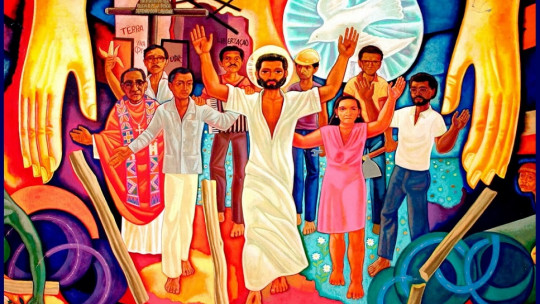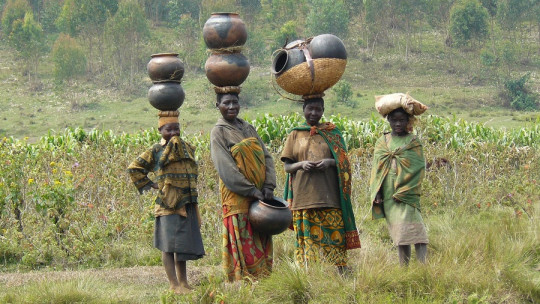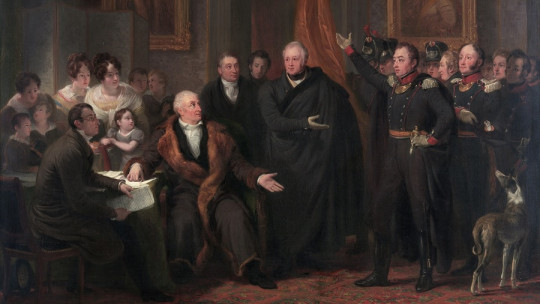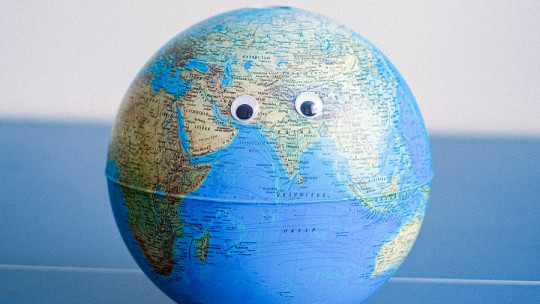
Economically, north and south differ very strikingly. Although in recent decades there have been attempts to improve the situation of developing countries, it is a fact that rich countries are the ones that end up having the most possibilities of increasing their wealth, while the poor run the risk of losing the little they have. have.
The relationship between rich countries and poor countries was addressed and analyzed by Latin American intellectuals throughout the last century, especially after seeing that, despite no longer being colonies of any metropolis, the countries of Latin America had a very difficult time industrializing. .
Raúl Prebisch’s dependency theory is an approach that tries to explain why developed and underdeveloped countries are so, taking a Marxist and critical perspective on international trade. Let’s explore it further below.
What is dependency theory?
Dependency theory is an economic approach that studies the relationships between countries assuming that the relations between nations at the level of trade and capital flow are based on the existence of dominant nations and dependent nations, also called central countries and peripheral countries.
This theory was developed in the middle of the last century by social scientists, especially interested in the situation of socioeconomic stagnation experienced in Latin America during the 20th century.
This approach uses the idea of metropolis-satellite duality (or central region vs. peripheral region) to justify and denounce that the world economy has an unequal design and that, in practice, it always harms less developed countries
These underdeveloped countries are found in their vast majority in the southern hemisphere, they are poor and have acquired a subordinate role with the rich countries of the north, providing them with raw materials at low added value so that the dominant countries manufacture their manufactures and market them with high added value.
Dependency theory maintains that, Despite their apparent political independence, the fundamental decisions that condition the lives of poor countries are taken in rich countries, decisions aimed at satisfying the needs and providing benefits to these second countries. The central countries have industry and wealth, while the peripheral countries cannot produce their own manufacturing and are responsible for offering raw materials to the industrialized countries to maintain their high standard of living.
The dependency theory It has a lot to do with the Marxist current, being in fact considered a derivative of Marxism Within this theory, current economic relations and the global economic system are seen as a continuation of colonialism: neocolonialism.
Origin of the theory
The historical background of the theory is found in the multiple historical events that shook the first half of the 20th century, such as the World Wars, the Cold War, globalism and the struggle between communism and capitalism.
The theory itself was forged during the 1960s and 1970s, with the Argentine economist Raúl Prebisch being the key figure in dependency theory thanks to his pioneering work for the UN Economic Commission for Latin America (ECLAC). Prebisch is considered the leader of the developmental school and the intellectual ideologue of the theory.
With the end of World War II and the beginning of the end of colonization proper, most of the world had apparently achieved full political and economic independence. However, Latin American intellectuals began to realize that their region, despite not being anyone’s colony, had a very low degree of development Centuries ago they had become independent from Spain and Portugal and, although there were still colonial regions such as Guyana, in principle everyone was free to manage their own industrialization.
However, it was a fact that Latin America did not have sufficient independence to begin the path to development. Supported by the studies of the German-British economist Hans Singer, everything seemed to indicate that the economic deterioration of the region was due to unequal trade between the countries of Latin America and the rest of the world. Thanks to Prebisch, an explanation of why would be obtained, with the Argentine being the one who would explain the underlying factors of this degree of underdevelopment in Latin America.
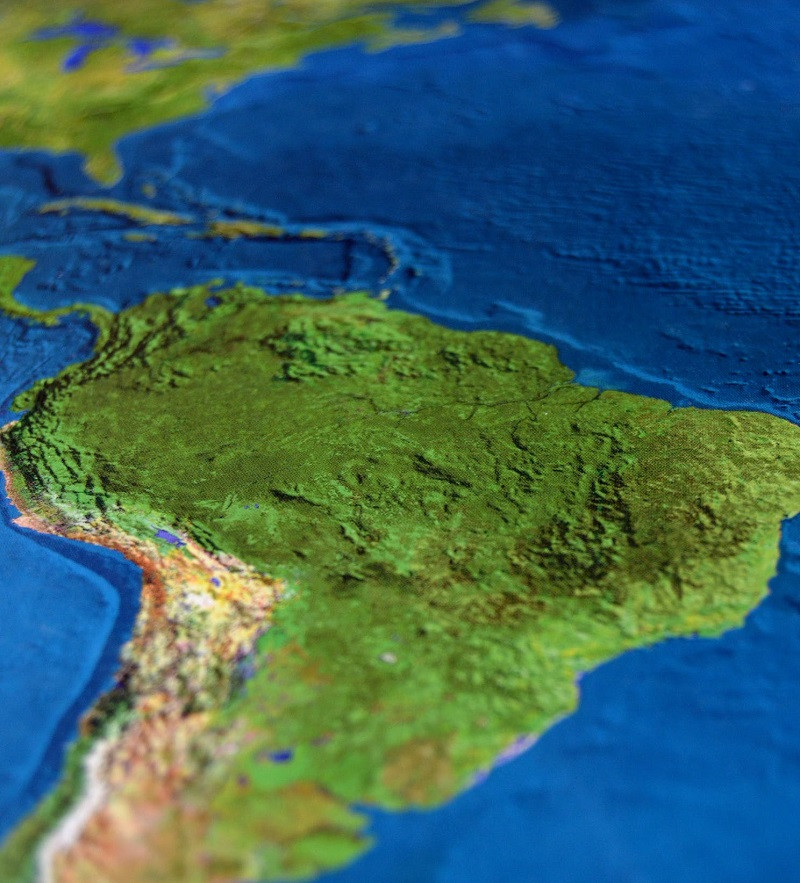
Premises of dependency theory
One of the main premises of the theory of independence is that, for there to be rich countries that have a high degree of development, it is necessary that there be others that are just at the opposite extreme, being underdeveloped and without industry or mass production.
1. Unequal power relations
Relations between central and peripheral countries are unequal There are unequal power relations, relations that are not only expressed in the form of economic subordination but also on the political and cultural level. These relationships determine the commercial relations and the degree of dependence between the developed and the undeveloped nation.
2. Development and underdevelopment
Raúl Prebisch considered that the underdevelopment of the southern countries had not been inherited naturally. The reason why underdeveloped countries were so was because the way in which the dominant nations of the north had developed had implemented it that way
The theory views development and underdevelopment as two concepts that should not be studied separately, but rather should be examined in terms of causality. The fact that industrialized nations are developed, according to the model, is thanks to the underdevelopment of poor countries.
3. Asymmetric flow of capital
Core countries obtain raw materials and cheap labor by exploiting peripheral countries. As developed countries are those with industrial and manufacturing capacity, these They give back what poor countries have given them in the form of manufactured goods produced from the same natural resources that poor countries have given them.
As a result, rich countries obtain more profits than peripheral countries, which continue to supply raw materials to central countries.
The flow of capital goes from the poorest to the richest Developing countries end up being left without wealth or capital, being forced to ask for loans from developed countries or international institutions. This makes them even more dependent on dominant nations, increasing their debt and making it impossible to break ties of dependency without risking economic sanctions (e.g. corralito), diplomatic crises and conflicts.
Poor nations are also the ideal destination for obsolete and unusable technology used in developed countries. Those things that are no longer of interest in developed countries, either because they no longer work or because they are junk and take up space, are sent to the underdeveloped world, which over the years has become the great dumping ground for rich countries.
- You may be interested: “The 15 most important types of cryptocurrencies (and their characteristics)”
4. International trade
International trade is designed to always benefit developed nations Both multinational corporations and international trade agreements are designed to satisfy the needs and objectives of dominant nations, without thinking about what underdeveloped countries need.
International trade and free markets benefit the interests of dominant countries, making them even richer, but they have the opposite effect of making peripheral countries even more dependent and poorer.
- Related article: “The 6 types of modes of production”
5. The north wants the south to be poor
The rich nations They actively seek to perpetuate the state of dependency of less developed countries in order to continue with the standard of living they have and maintain production and the degree of industrialization achieved. This is done through the control of aspects of less developed nations, influencing their economy, politics, media, education, culture and even sports. Any aspect that influences in one way or another the degree of human development is manipulated.
- You may be interested: “The 6 forms of government that govern our social and political life”
6. Sabotage of independence
Rich nations seek to eliminate all attempts by dependent nations to free themselves from their influence. The northern countries carry out all kinds of sabotage to the economic, cultural and political independence of the southern countries through economic sanctions, the use of military force or the control of the flow of migration and goods.
- Related article: “Psychology of conflict: the theories that explain wars and violence”
7. Import substitution and application of protectionism
Dependency theory maintains that, to enrich developing countries and initiate economic independence with the central powers, Exports must be diversified and industrialization accelerated through import substitution
It is also considered that protectionist policies should be applied, considered effective measures to limit the power of international trade and make the unidirectional flow of capital, from poor countries to rich countries, weaken. Countries must impose high tariffs in order to reduce their dependence on foreign manufacturing and boost their national production to satisfy their own consumption.


